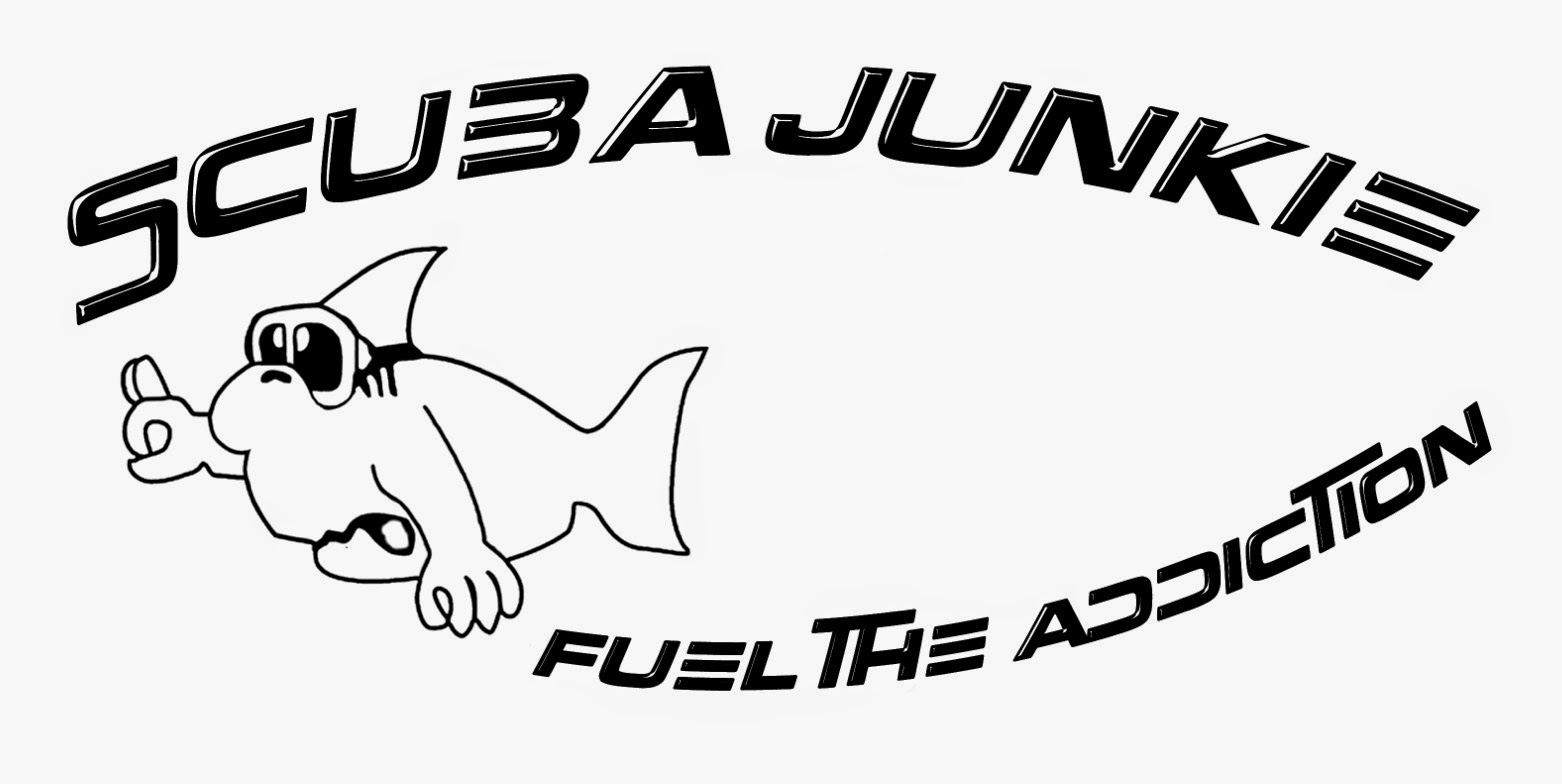 When thinking of endangered species it is animals such as pandas, leopards and sharks that come to mind. However, these are not the only species facing threats, many varieties of corals are also facing population troubles. Staghorn coral, Mushroom Coral, Bubble Coral, along with many others are actually listed as near threatened on the IUCN list, and without our help it could come into real danger. As divers we will always have an impact on the reefs that we love, so we try to do a little to give back. With this in mind, we have just started an exciting new project on the island. Although the coral population is healthy around this area, we have decided to undertake a Coral Transplant Project, to aid the population growth.
When thinking of endangered species it is animals such as pandas, leopards and sharks that come to mind. However, these are not the only species facing threats, many varieties of corals are also facing population troubles. Staghorn coral, Mushroom Coral, Bubble Coral, along with many others are actually listed as near threatened on the IUCN list, and without our help it could come into real danger. As divers we will always have an impact on the reefs that we love, so we try to do a little to give back. With this in mind, we have just started an exciting new project on the island. Although the coral population is healthy around this area, we have decided to undertake a Coral Transplant Project, to aid the population growth.  |
| Coral fragments |
Over Turtle Week one of our extremely talented members of staff, Sha, constructed a model of a turtle. This structure shall be used as a frame for our new Coral Nursery. Coral Transplanting involves taking fragments of live coral and relocating them to a protected area, where it is possible for them to thrive. The coral fragments that were used for this project were gained naturally. Staff and interns visited dive sites and located live corals that had recently broken off of the reef. The species that are used for the transplant project must be carefully selected. Of course, we use species that occur naturally in the area and tried our best to get a variety of soft and hard corals. Our team researched which of the corals in the area would benefit and grow in such a program. Fast growing branching corals, such as Staghorn Coral, were collected. As well as slower growing corals to provide variety.
Corals reproduce through asexual means; this means that each individual polyp has the means to create a new colony. Once secured, we hope that they will thrive in their reproduction, and ultimately end up with a new and healthy area of reef. Of course, the conditions must be conductive to their health, which is why we must be careful in selecting the species of coral and the area in which we choose to locate the coral nursery. To secure the fragments to the structure we used cable ties - a cheap and simple method. The coral has no problem growing over the cable tie and there is no detrimental effect to the corals. Not only does this project aim to be beneficial to coral populations, but will also provide a protected area that provides food and shelter for the array of fish and invertebrate species we see around Mabul, Kapalai and the Tun Sakaran Marine Park. With Staghorn corals growing nearly 12cm in just one year, we hope that this reef will be look gorgeous in no time at all.
 |
| We are already seeing signs of life on the structure! |
It is not just diving that threatens this beautiful and fragile ecosystem. Over fishing, rising levels of pollution and rising sea temperatures are just a few of the issues that are having a negative impact on the reefs. Although coral transplanting is not a solution to these unfortunate issues, we hope that it will be extremely beneficial to this area.




No comments:
Post a Comment